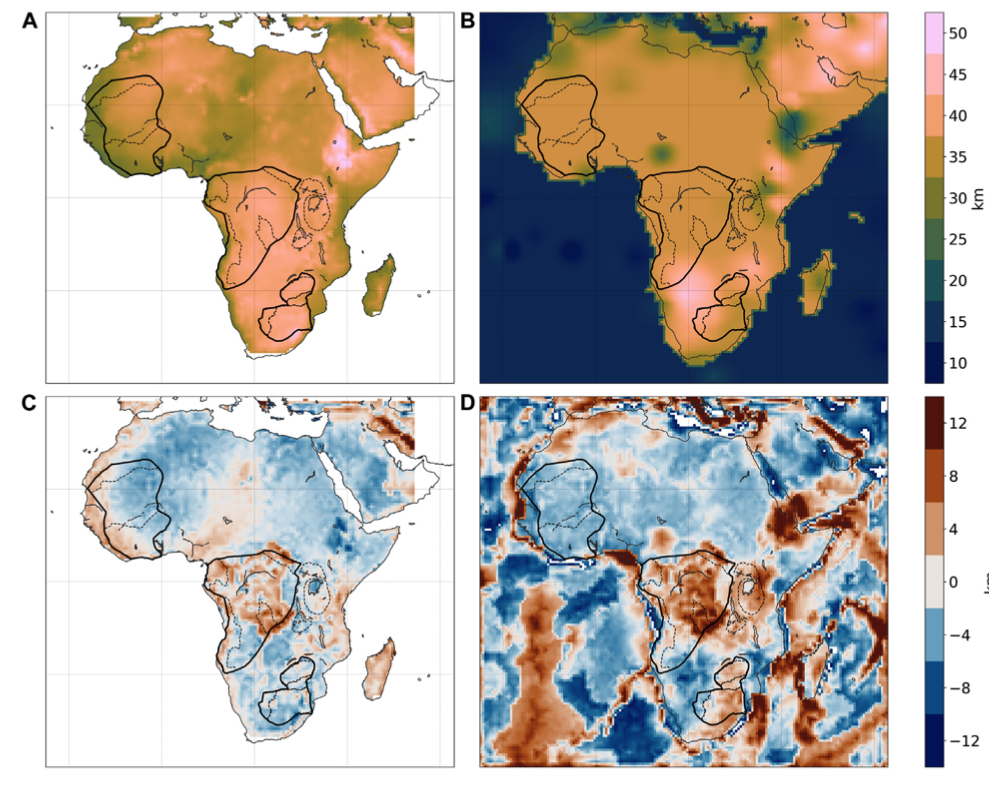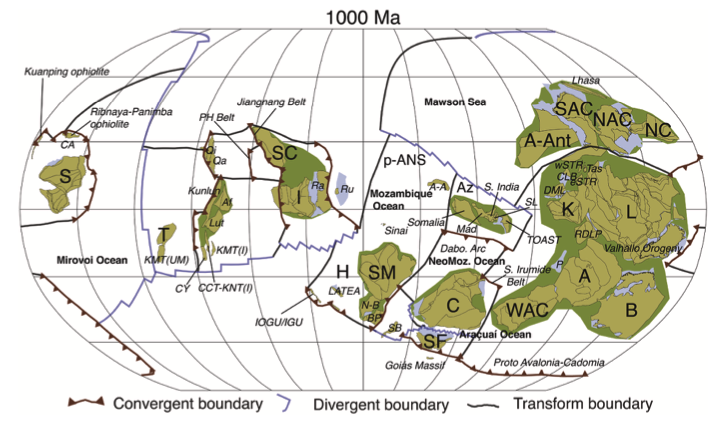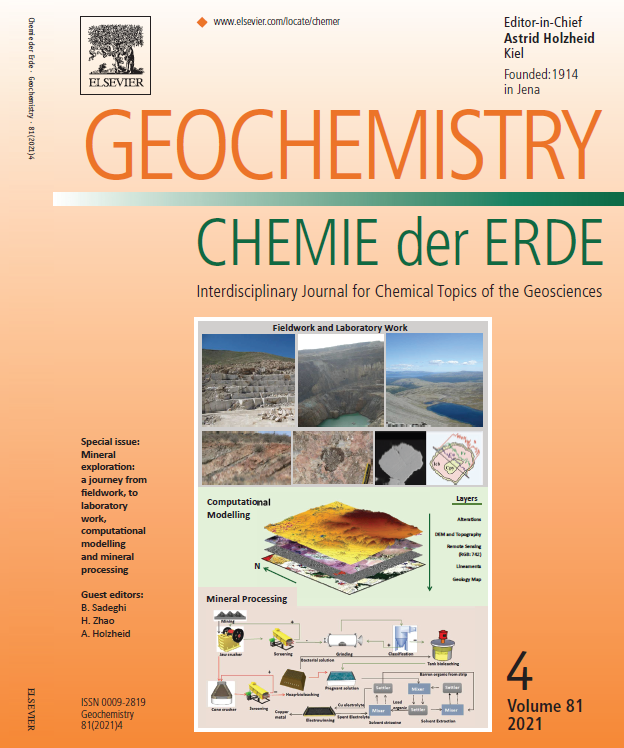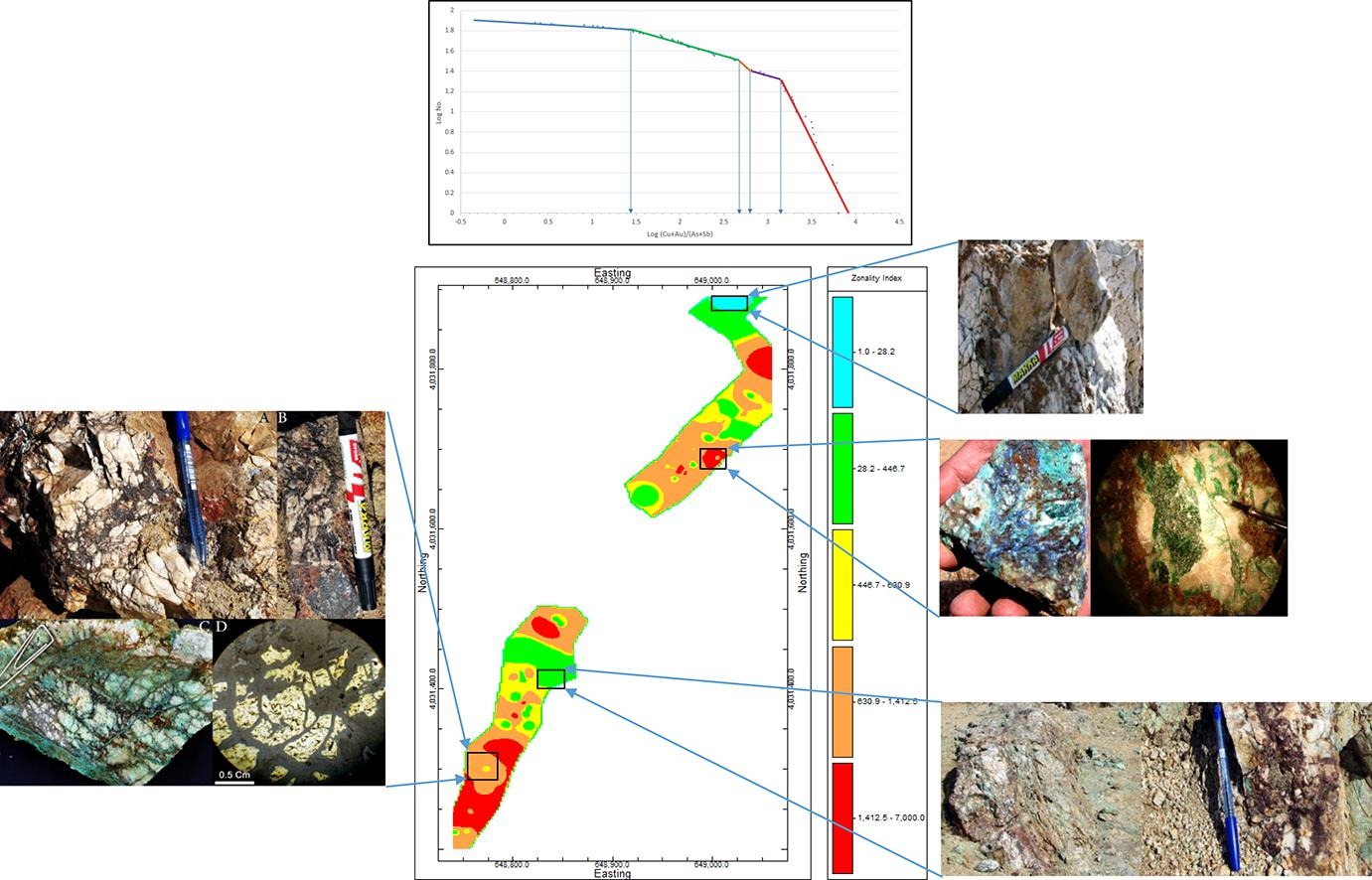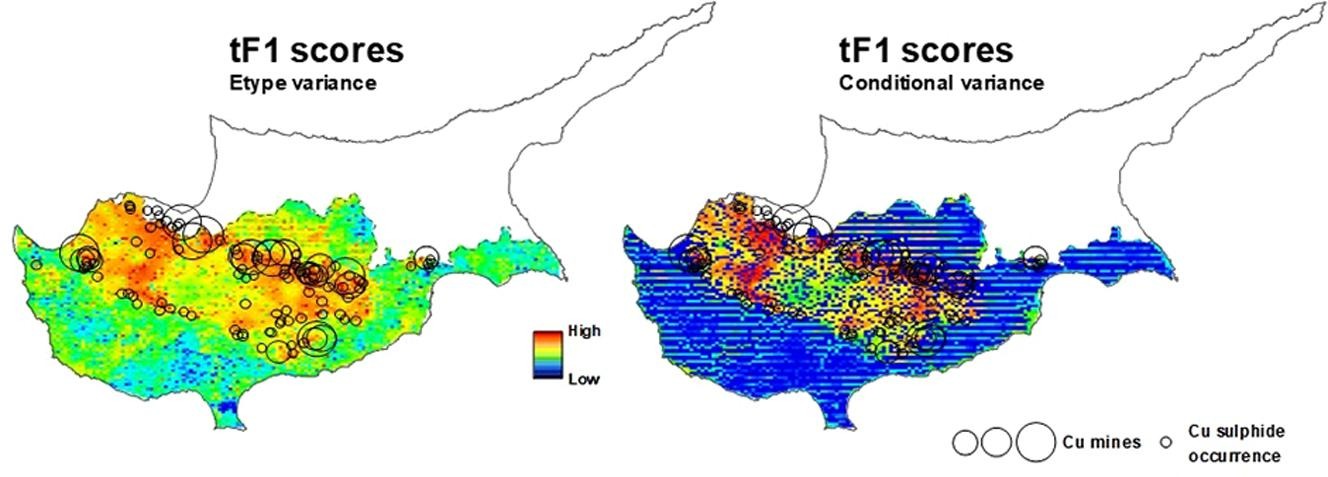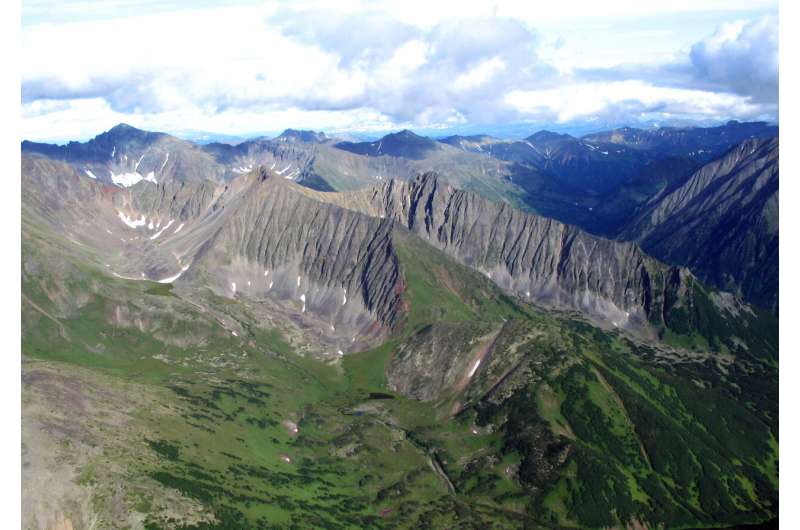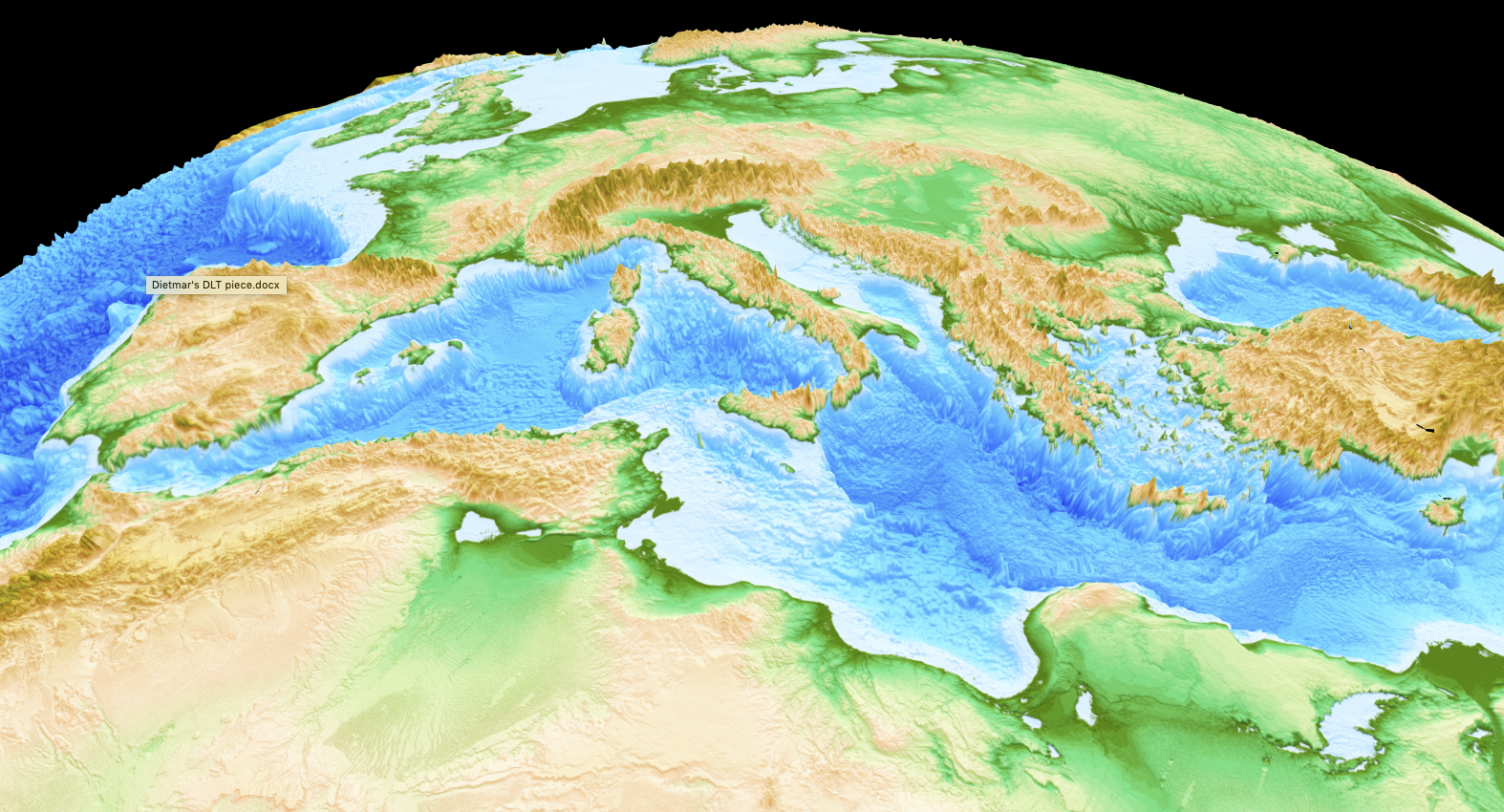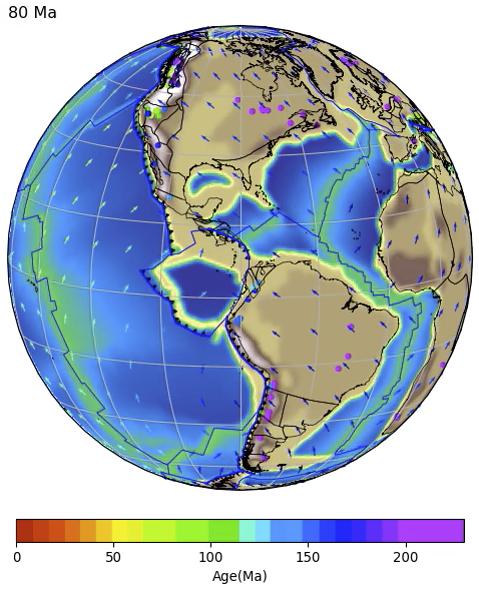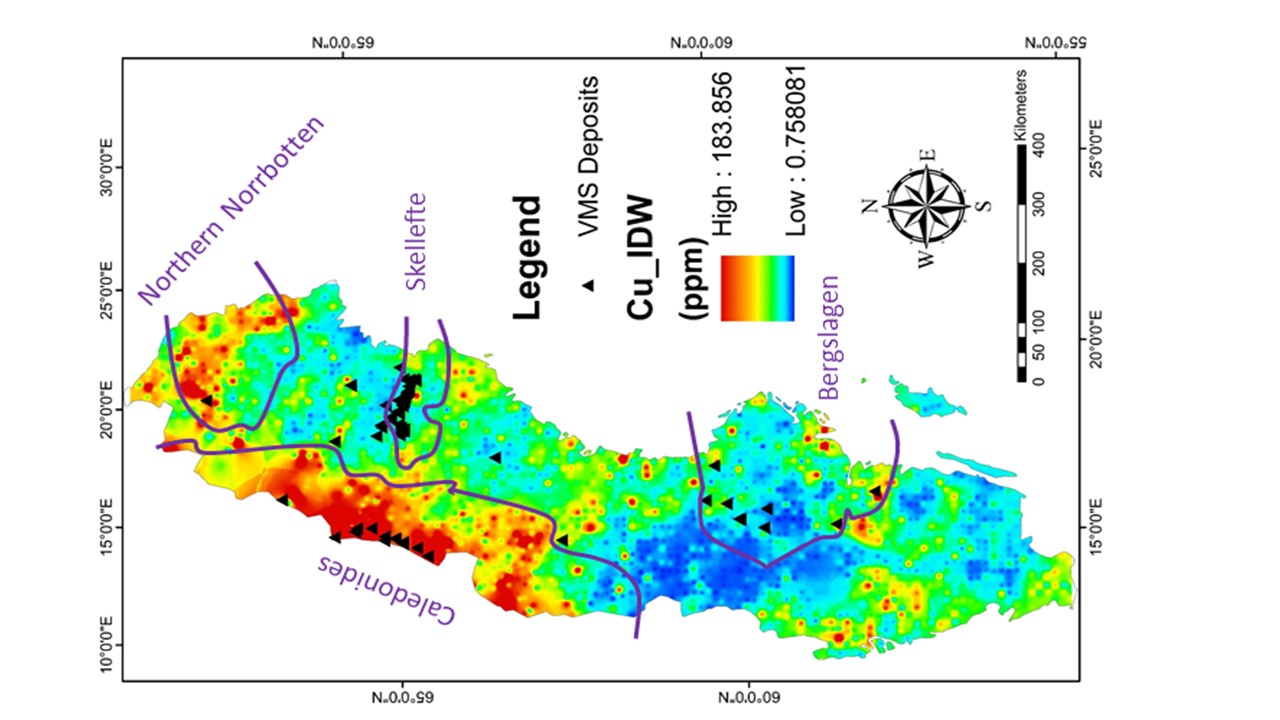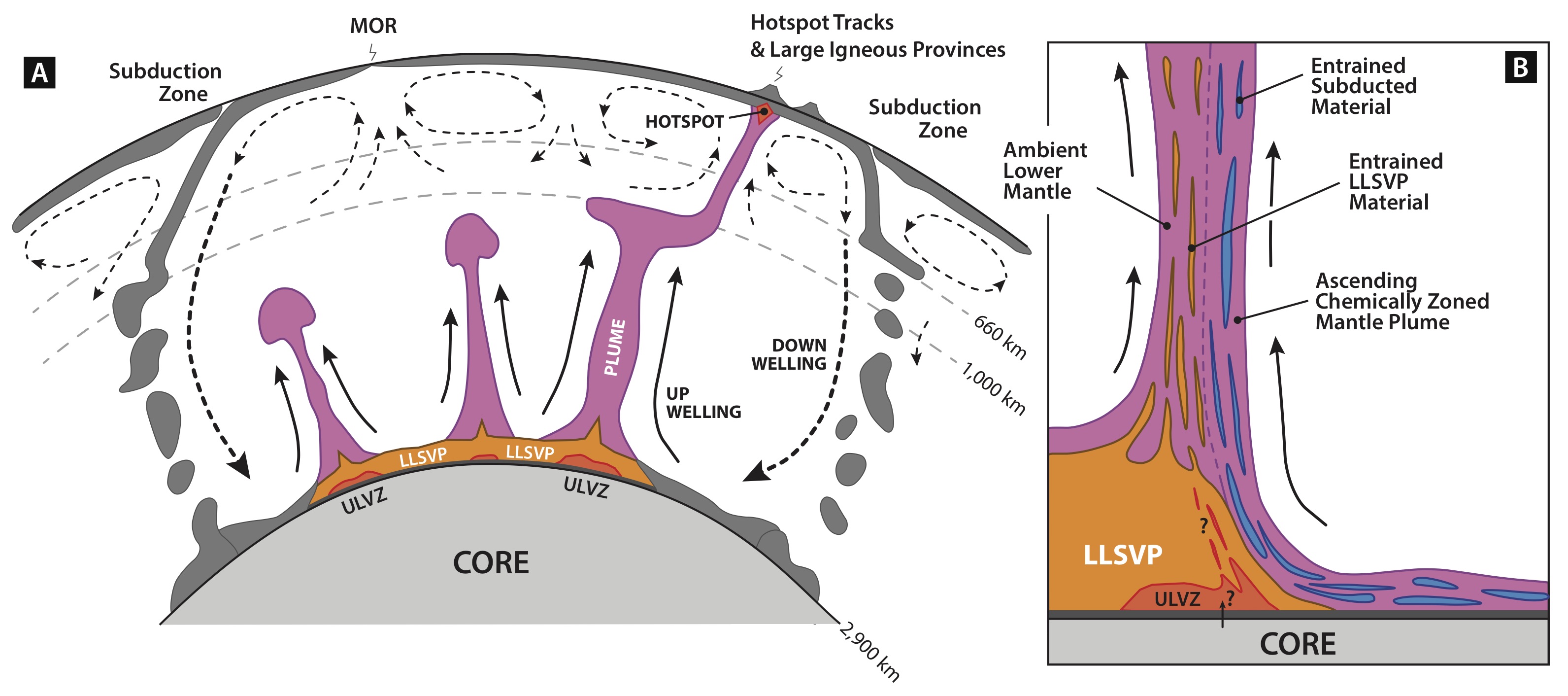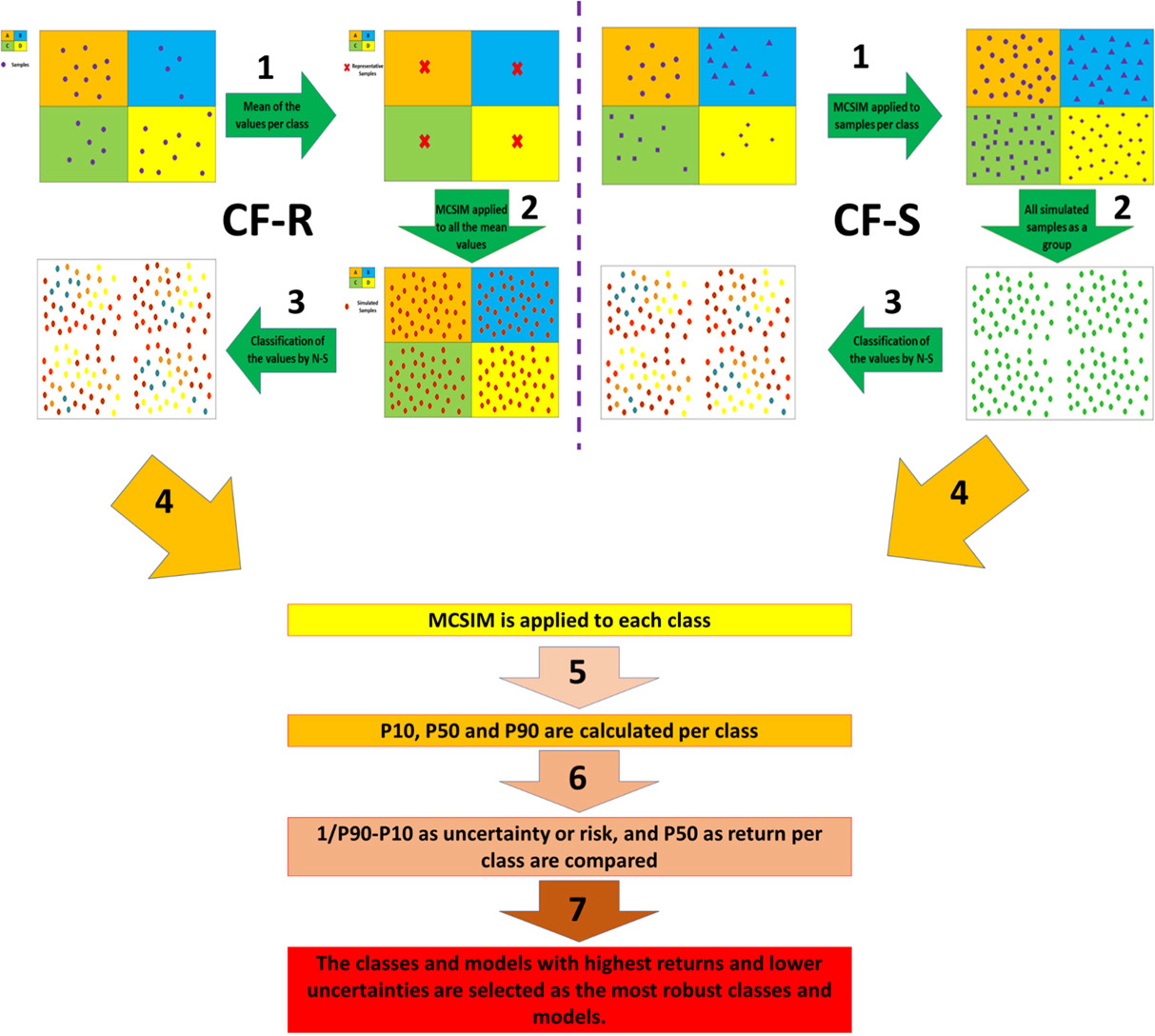Front Earth Sci: Two-step Gravity Inversion Reveals Variable Architecture of African Cratons
The lithospheric build-up of the African continent is still to a large extent unexplored. In this contribution, we present a new Moho depth model to discuss the architecture of the three main African cratonic units, which are: West African Craton, Congo Craton, and Kalahari Craton. Our model is based on a two-step gravity inversion approach … Read more…

